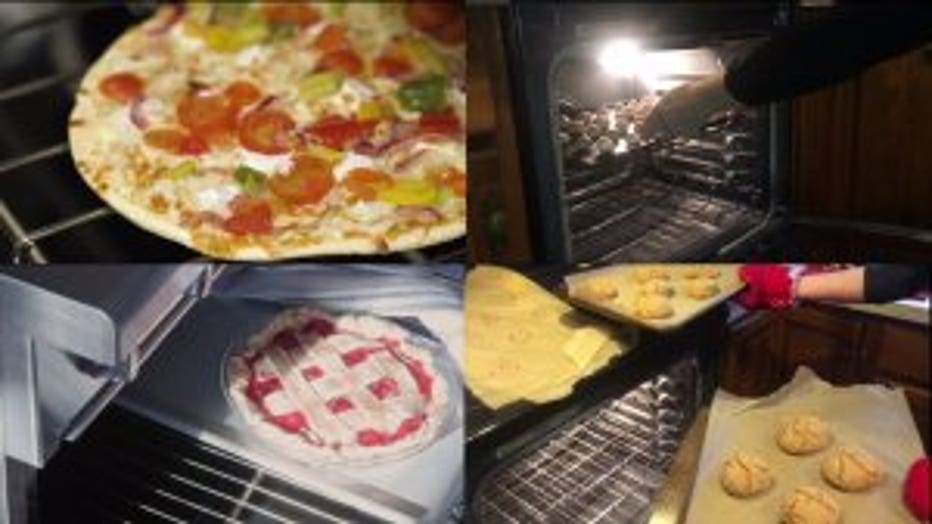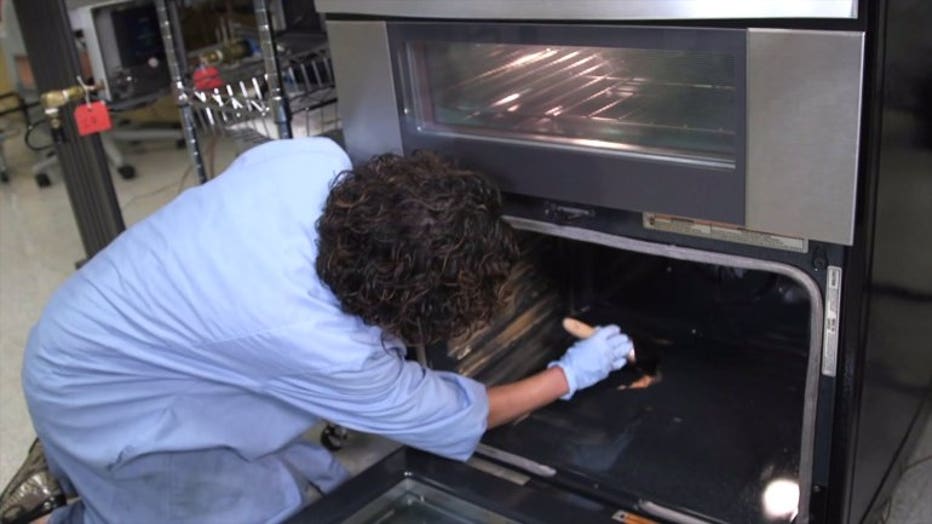When was the last time you cleaned your oven?
Remember the holidays? Maybe you did lots of baking and roasting, perhaps even a turkey or two.
Now raise your hand if you’ve cleaned your oven since then.
Or since LAST Thanksgiving, for that matter.

If you don’t want to get on your hands and knees and scrub, Consumer Reports suggests you take advantage of your oven’s self-cleaning feature.
But are all ovens up to the task?
As part of Consumer Reports' range testing, testers create a tough-to-clean mix of eggs, grated cheese, cherry pie filling, lard, tomato puree, and tapioca.
It’s painted inside the test ovens and on the doors, then baked on for an hour at 425 degrees.
This test is tough so that the really good self-cleaning ovens stand out.

Testers find that high-temperature self-clean cycles are the most effective.
The oven locks and cranks the heat to 800 degrees or higher, turning the applied mess to ash that’s easily wiped out once the oven cools.
Consumer Reports found that the lowest-scoring ranges use a shorter self-clean process, one that uses low temperatures.
Testers were able to wipe residue from the floor of the ovens but not from the sides.
Before using the self-clean feature, turn on the vent hood and crack open your windows to clear smells from the room.
Then remove the racks or they could lose their finish and not glide as easily. Now you can start the cycle.
And make sure you have enough time because the process can take 2 to 6 hours to complete.
How often should you have the oven clean itself? Consumer Reports says when the cavity gets dirty enough to bother you, it's time to run a clean cycle.
Wiping up spills and doing other light cleanings can extend the time between self-clean cycles.

All Consumer Reports material Copyright 2019 Consumer Reports, Inc. ALL RIGHTS RESERVED. Consumer Reports is a not-for-profit organization which accepts no advertising. It has no commercial relationship with any advertiser or sponsor on this site. Fo

